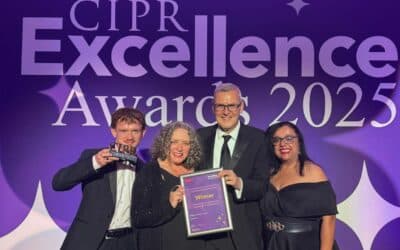75% of people think that alcohol advertising breaches regulatory codes, according to new research from the University of Manchester.
Academics surveyed 373 adults, aged between 18 and 74 years-old. They were shown one of seven ads that had been broadcast in the previous month and 2/3 of those participating though they’d breached at least one BCAP (Broadcast Committee of Advertising Practice) Code.
Furthermore, more than half felt that they breached rules governing whether alcohol is presented as contributing to popularity or confidence, and implying that alcohol is capable of changing mood, physical condition or as nourishment.
“Previous research in the US and Australia has found non-industry experts perceived television adverts to be in breach of their country’s code. We wanted to find out whether this was also the case in the UK,” explained Professor David French, who led the research.
“Overall we found three in four participants perceived the adverts to breach at least one alcohol-specific rule in the BCAP Code.”
Published in the journal Alcohol and Alcoholism, French believes that the result indicates a need to review the current code.
“Many adverts allude to themes such as youth culture, immoderation and social and sexual success, although many may not explicitly show them. The results of the present analysis, along with the comparatively small number of breaches judged by the ASA, indicate that co-regulation of UK television alcohol adverts is ineffective and requires further consideration.
“It also suggests that only a minuscule proportion of members of the public who perceive adverts as containing elements that breach the BCAP Code actually report them.”
The Manchester team questioned people at Piccadilly railway station and said that the sample was representative of the adult population in terms of age and gender, but that it may have under-represented people from rural locations, low socio-economic groups and ethnic minorities.









